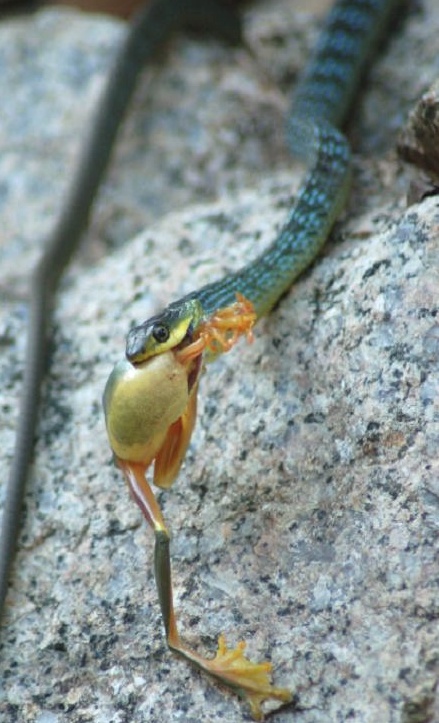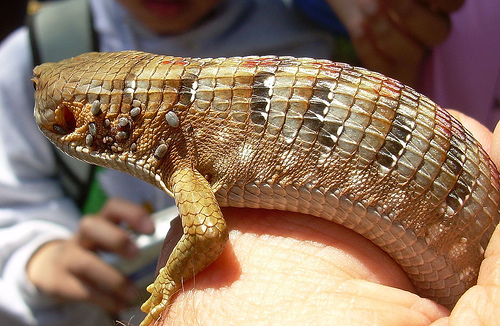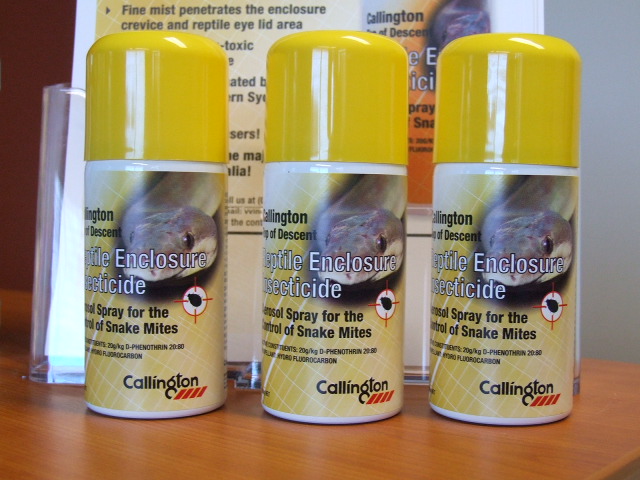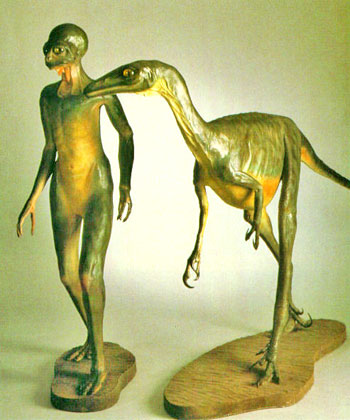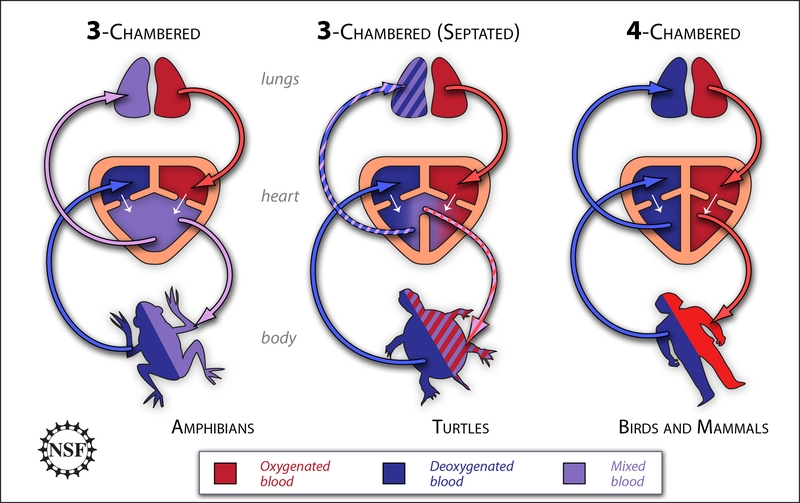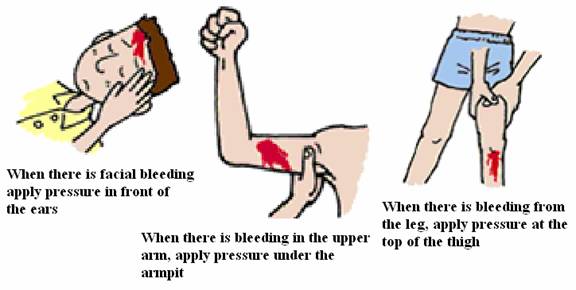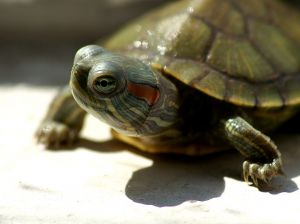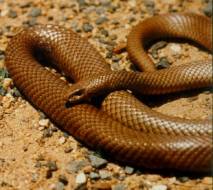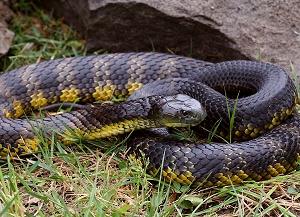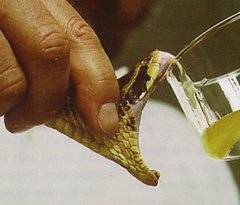Bearded Dragon
The Bearded Dragon is a friendly, sun-loving, terrestrial lizard that favours elevated perches such as tree stumps, fence posts or rocks as basking sites, and seeks shelter under debris or vegetation. They are diurnal, which means they are active during the day. Adults reach a maximum size of approximately 50cm (snout to tail) and reproduce by laying eggs.
Sometimes referred to as Pogona, this includes several species of medium-sized built lizards. Bearded dragons are named for their distinctive flap of skin which lies below their jaw. When threatened, these lizards assume a defensive posture, opening their mouths and pushing their throat skin forward to make this "beard".
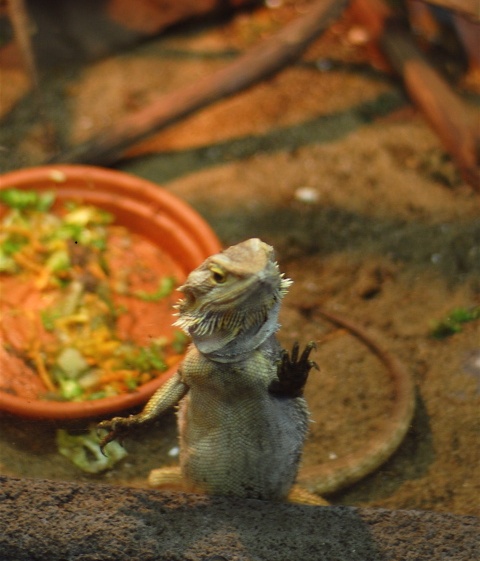 Considered as a very social lizard, Bearded Dragons have a rich gestural language--bobbing their heads at one another, gaping their mouths, flattening their bodies and tilting as they circle one another, swishing their tails, using their tongue to check each other or their environment out.
Considered as a very social lizard, Bearded Dragons have a rich gestural language--bobbing their heads at one another, gaping their mouths, flattening their bodies and tilting as they circle one another, swishing their tails, using their tongue to check each other or their environment out.
Agamidae family of lizard
The first described species of the Agamidae family of lizard was the Eastern Bearded Dragon (Pogona barbata) found in the east and south-east of Australia. Up until recent years, many other species in the genus were incorrectly diagnosed as this species.
Growing to around 60cm (24in), the Eastern Bearded Dragon is the largest of the genus Pogona which is endemic to Australia. It is usually grey in colour although some specimens are more brown in colour. They live in a semi-arboreal habitat, around fallen timber, tree stumps and fence posts.
In the south-west of Western Australia these bearded dragons inhabit the coastal dunes and arid shrublands. Whilst on larger islands off the mid-west coast their habitat varies from limestone soils supporting heath lands and shrublands to sandy areas vegetated with beach Spinifex.
Domesticated Pogonas especially the Pogona vitticeps (Central or Inland Bearded Dragon) are found in the semi-arid regions of Australia and very often kept as pets.
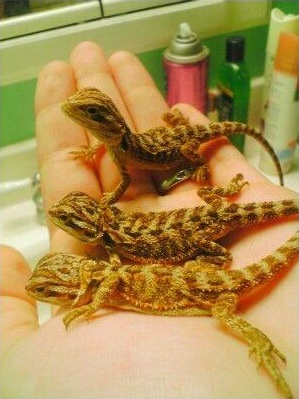 Caring for the bearded dragon
Caring for the bearded dragon
Bearded Dragons are next to leopard geckos as the most commonly kept pet reptile among pet keepers and hobbyists. They are considered a beginner pet reptile yet they do require a more complex enclosure, diet and utmost care.
Diet and Hygiene
Bearded Dragons are omnivores and require a varied diet of insects and vegetables. Crickets and cockroaches are some of their favourite foods.
Feeding time is something that many bearded dragon owners look forward to. Dragons tend to be very enthusiastic when it's time to feed, and they can turn an ordinary meal into a sort of comedy routine.
Hygiene is critically an important factor when keeping bearded dragons. It is very important to ensure that food and water are clean and not soiled.
Pet Housing
An adequate sized enclosure for a mature Bearded Dragon would be four foot by two foot. The dragon enclosure can be made from either wood, glass or fibreglass as long as it has adequate ventilation to allow for air flow.
Ultraviolet light is necessary for Bearded Dragons for calcium metabolism. This can be provided by artificial "UV lights" or by natural sunlight, unfiltered by glass or plastic. During nighttime, a source of heat maybe produced by either reflector light bulbs, heatmats, ceramic bulbs etc.
 You can put some plants in with your Bearded Dragon but you have to make sure the plant and the dirt is completely free of pesticides and chemical fertilizers.
You can put some plants in with your Bearded Dragon but you have to make sure the plant and the dirt is completely free of pesticides and chemical fertilizers.
Bearded Dragons have overtaken the Green Iguana and even the geckos as the most popular reptile pet. With their unique appearance, attentiveness, docile nature, and simple care requirements, they make intriguing pets.
Australian Bearded Dragons are one of the easiest pet lizard to look after. Provided you can care for them regularly--clean their water and food dishes daily and keep their air temperature in their terrarium between 24 degrees to 35 degrees Celsius, things should run very smoothly for this rare find and interesting pet lizard.
Bearded Dragon


